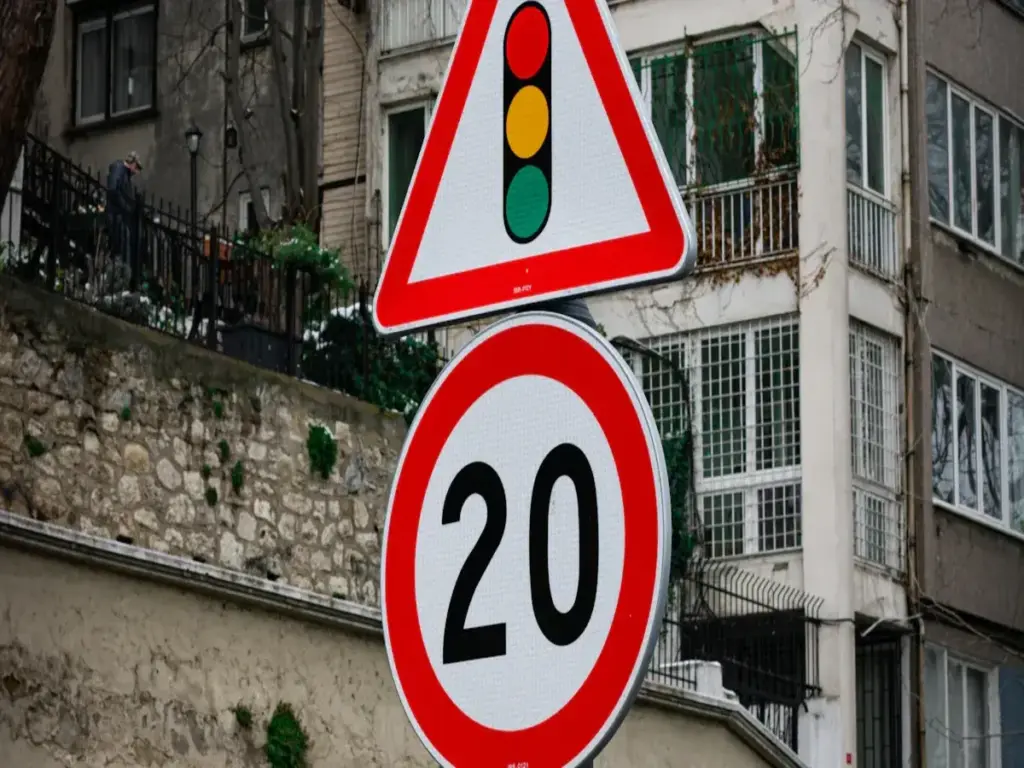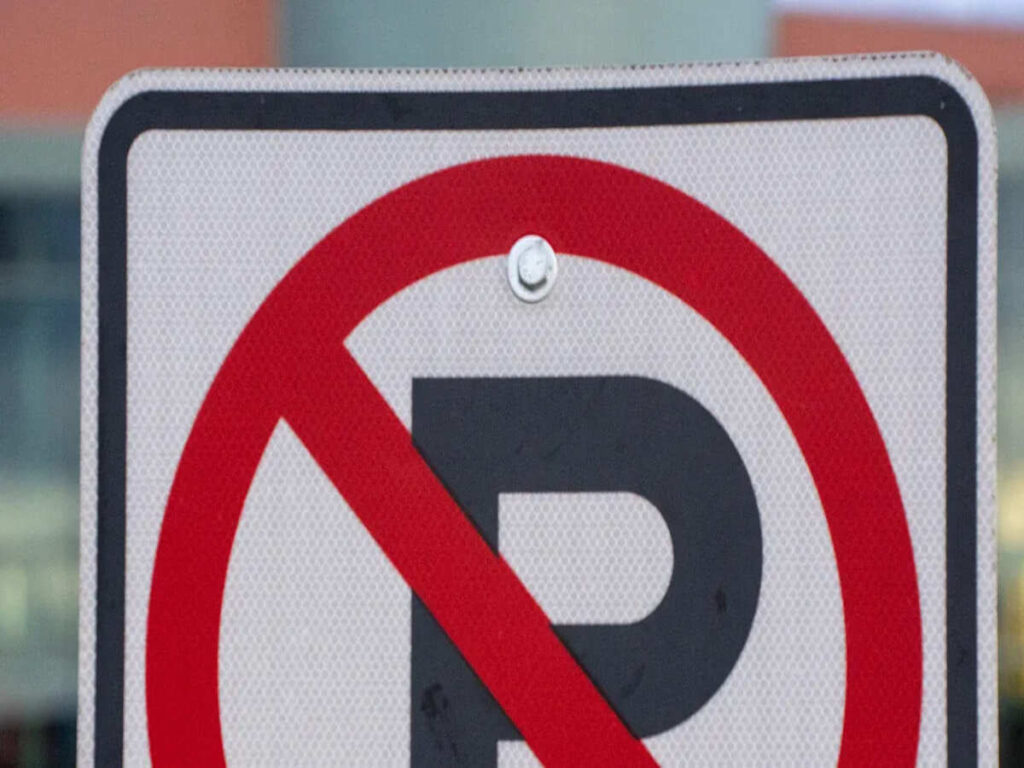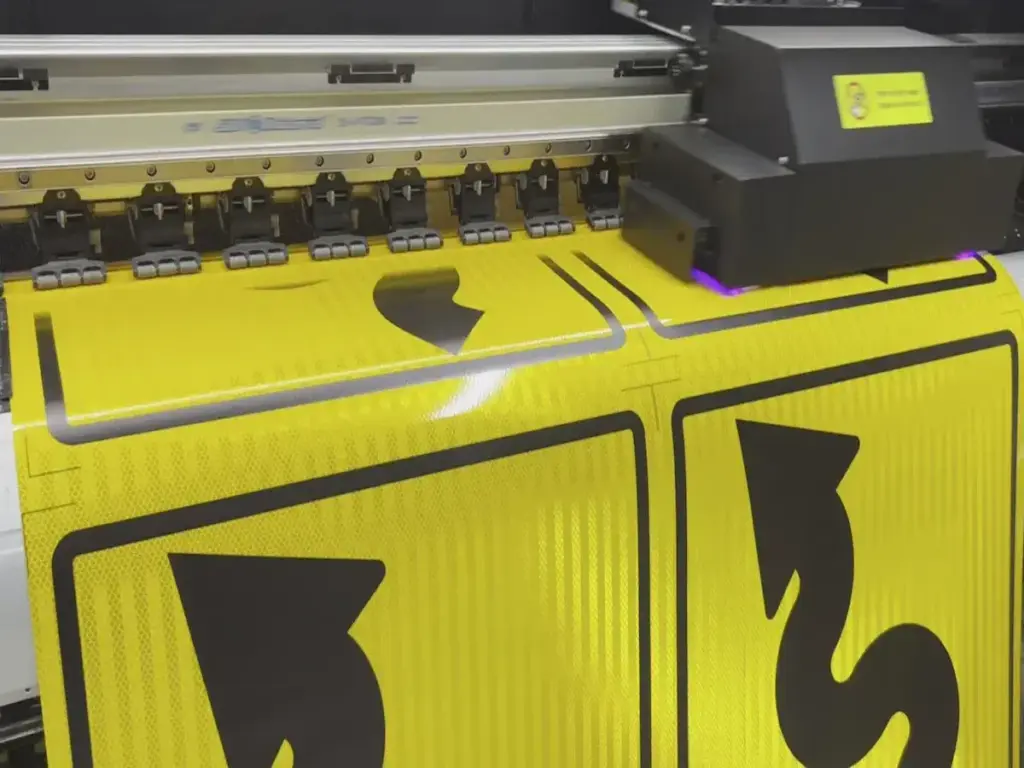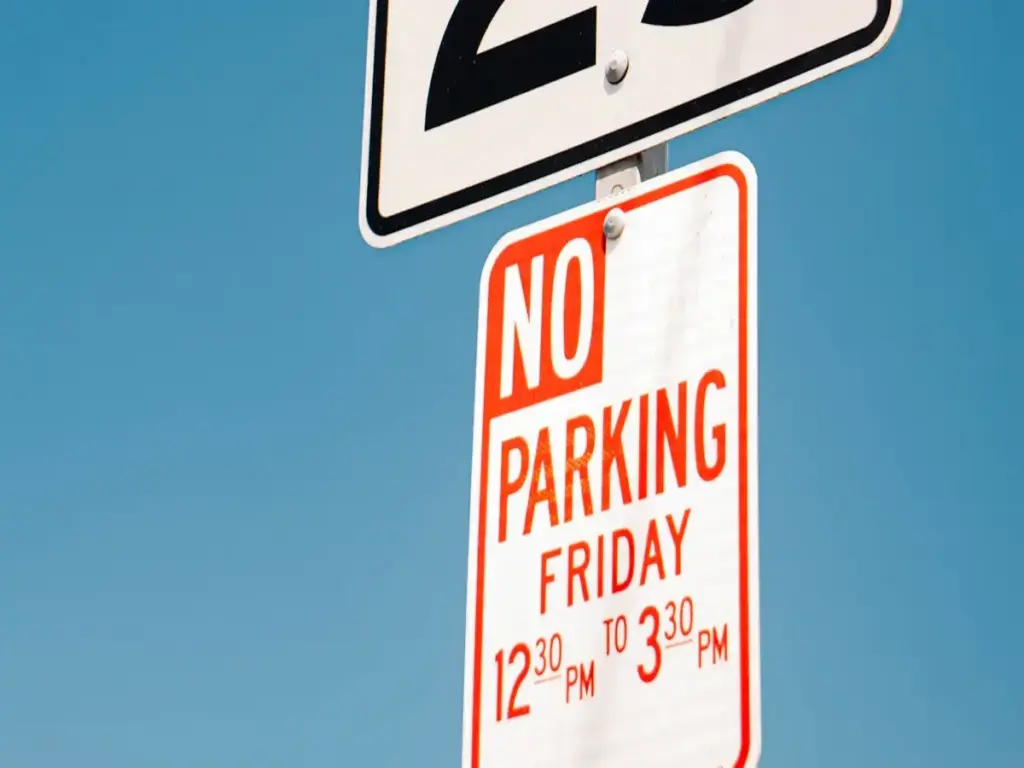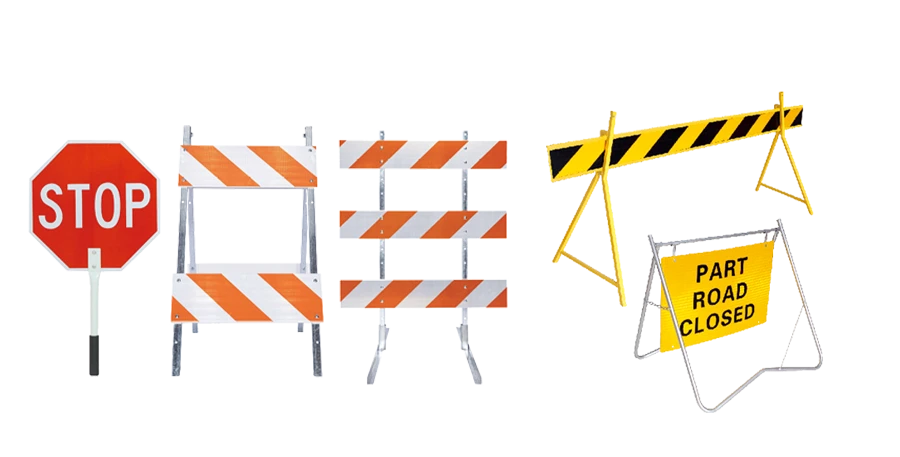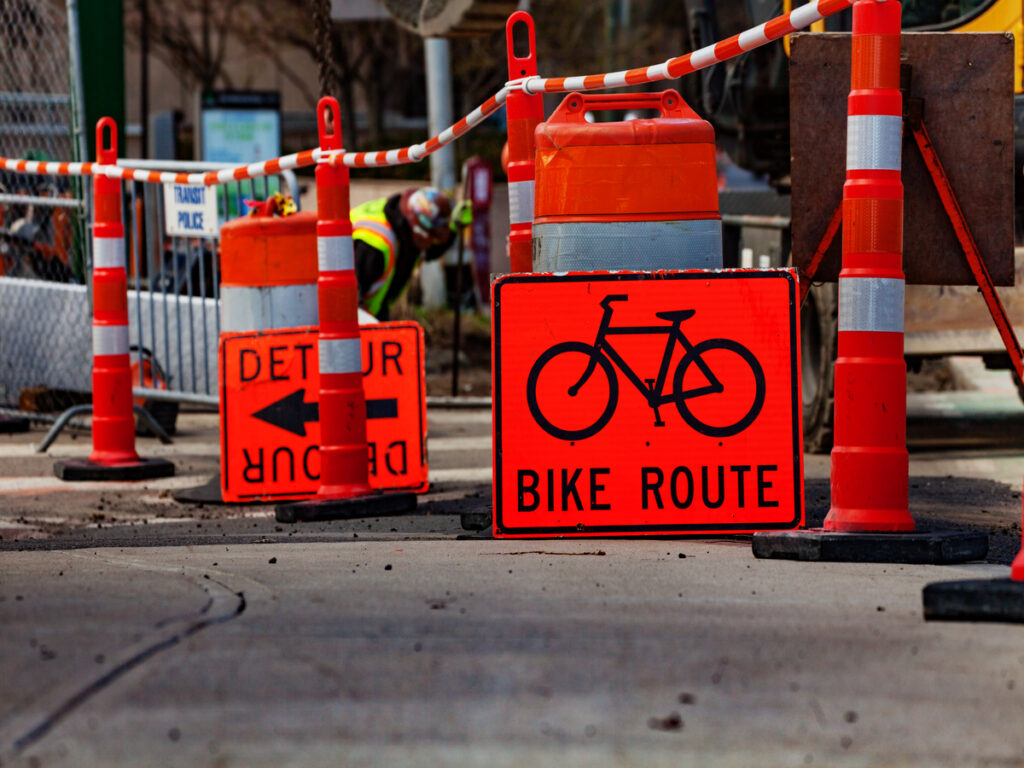
Das Verständnis der staatlich spezifischen Delineator-Spezifikationen ist entscheidend für die Aufrechterhaltung der Verkehrssicherheit und die Einhaltung gesetzlicher Anforderungen. Jeder Staat passt seine Richtlinien an, die auf einzigartigen Faktoren wie Klima basieren, Verkehrsmuster, und Straßenbedingungen. Während die MUTCD -Delineator -Standards einen nationalen Rahmen bieten, Staaten ändern diese häufig, um die lokalen Bedürfnisse zu befriedigen. Die Nichteinhaltung dieser Vorschriften kann zu Strafen und erhöhten Risiken auf der Straße führen. Durch Erkennen dieser Variationen, Stakeholder können eine ordnungsgemäße Umsetzung sicherstellen und zu sichereren Transportsystemen beitragen.
For a deeper dive into the specific height and color requirements of traffic control delineators under MUTCD standards, check out OPTsigns complete guide in the blog titled Mainstream -Verkehrskontrolle delineatorische Höhe und Farbspezifikationen in den USA. Markt: Eine vollständige Anleitung zu MUTCD -Standards.
Key Takeaways
- Knowing state rules for delineators is important for road safety.
- Delineators must follow local rules, which depend on weather and traffic.
- Checking and fixing delineators often keeps them working and legal.
- Learning new rules helps businesses adjust fast and stay legal.
- Following MUTCD delineator rules makes roads safer and lowers accidents.
Understanding Delineator Specifications
Was sind Größen?
Abgrenzer are essential traffic control devices used to guide drivers and pedestrians along roadways. These vertical markers, oft mit reflektierenden Materialien ausgestattet, enhance visibility during low-light conditions or adverse weather. They serve as visual cues, indicating road boundaries, lane divisions, oder mögliche Gefahren. Their design varies based on specific regulatory requirements, ensuring they meet the needs of diverse environments. By adhering to mutcd delineator guidelines, manufacturers and contractors can ensure compliance with both federal and state standards.
OPTsigns sorgt dafür Kennzeichen zum Verkauf meet all U.S. regulatory requirements, including those outlined in the MUTCD and state-specific standards. The products are designed to enhance safety and visibility, providing reliable solutions for various traffic control needs across the country.
Why Do Specifications Vary by State?
Während die MUTCD -Delineator -Standards einen nationalen Rahmen bieten, states adapt these guidelines to address local conditions. Factors such as climate, traffic density, and road types influence these variations. Zum Beispiel, states with heavy snowfall may require higher retroreflectivity levels to maintain visibility. Ähnlich, urban areas with dense pedestrian traffic often demand stricter regulatory compliance. These tailored regulations ensure that delineators effectively meet the unique challenges of each region, promoting safety and efficiency.
The Role of Delineators in Road Safety and Regulatory Compliance
Delineators play a critical role in maintaining road safety and ensuring regulatory compliance in the US. They reduce accidents by providing clear visual guidance, Besonders in Hochrisikobereichen wie Bauzonen oder scharfe Kurven. Proper installation and maintenance of delineators demonstrate adherence to regulatory compliance policy, minimizing the risk of penalties. Darüber hinaus, they reflect a commitment to best practices in traffic management, fostering trust with government authorities. Effective regulatory compliance management ensures that delineators meet all regulatory requirements, contributing to safer and more efficient transportation systems.
State-by-State Breakdown of Delineator Specifications

Overview of Federal Guidelines (MUTCD Delineator Standards)
Der Handbuch zu einheitlichen Verkehrskontrollgeräten (MUTCD) establishes the national framework for delineator standards. These guidelines ensure consistency in traffic control devices across the United States. The MUTCD specifies the general design, Platzierung, and retroreflectivity levels for delineators. Jedoch, it allows states to adapt these standards to meet local regulatory requirements. This flexibility enables states to address unique challenges, such as extreme weather or varying traffic conditions. By aligning with MUTCD standards, states maintain a baseline for regulatory compliance while tailoring their policies to regional needs.
Key State-Specific Requirements
Kalifornien (Caltrans Requirements)
California’s regulatory compliance policy emphasizes high visibility and durability. Delineators must use ASTM Type III or higher reflective film. Temporary delineators require orange coloring, while permanent ones use yellow. Urban and rural areas may have different reflective film specifications to address varying traffic densities.
Texas (TxDOT Requirements)
Texas mandates ASTM Type III reflective film for delineators. Temporary delineators are orange, while permanent ones are yellow. TxDOT allows flexibility in height to accommodate local traffic conditions, ensuring compliance with regional regulations.
Florida (FDOT Requirements)
Florida’s delineator standards prioritize visibility in tropical weather. ASTM Type IV reflective film is required for high visibility. Temporary delineators are orange, while fluorescent green is used for sidewalks. This unique color enhances visibility in areas prone to heavy rain.
New York (NYSDOT Requirements)
New York’s regulatory compliance strategy focuses on urban safety. Delineators must meet ASTM Type III standards. Increased retroreflectivity is required in urban areas with heavy pedestrian traffic. Temporary delineators are orange, and permanent ones are yellow.
Illinois (IDOT Requirements)
Illinois enforces strict regulatory compliance in the US, particularly near schools and construction zones. ASTM Type III reflective film is mandatory. Temporary delineators are orange, and permanent ones are yellow. These requirements enhance safety in high-risk areas.
Washington (WSDOT Requirements)
Washington’s delineator regulations address mountainous and fog-prone regions. ASTM Type III reflective film is standard. Temporary delineators are orange, and permanent ones are yellow. Stricter height and retroreflectivity standards ensure compliance with local policies.
Colorado (CDOT Requirements)
Colorado’s regulatory compliance policy accounts for high-altitude conditions. ASTM Type III or IV reflective film is required, depending on the region. Temporary delineators are orange, and permanent ones are yellow. These standards enhance visibility in extreme weather.
Nevada (NDOT Requirements)
Nevada’s delineator regulations prioritize visibility in desert regions. ASTM Type II reflective film is standard. Temporary delineators are orange, and permanent ones are yellow. Unique color specifications ensure visibility during both day and night.
Michigan (MDOT Requirements)
Michigan’s regulatory compliance policy focuses on winter safety. ASTM Type IV reflective film is required for colder regions. Temporary delineators are orange, and permanent ones are yellow. These standards improve visibility during snow and ice conditions.
Hawaii (HDOT Requirements)
Hawaii’s delineator standards address tropical climates. ASTM Type III reflective film is mandatory. Temporary delineators are orange, and permanent ones are yellow. Additional visibility standards ensure compliance in wet conditions.
How to Access State-Specific Regulatory Requirements
Accessing state-specific regulatory requirements is essential for ensuring compliance. Most state Verkehrsministerien (DOTs) provide detailed guidelines on their official websites. Contractors and manufacturers should review these resources to align with local regulations. Requesting test reports from suppliers can verify compliance with ASTM standards. Customizing delineators to meet state-specific policies ensures adherence to regulatory compliance management practices.
Common Challenges in Meeting Delineator Standards
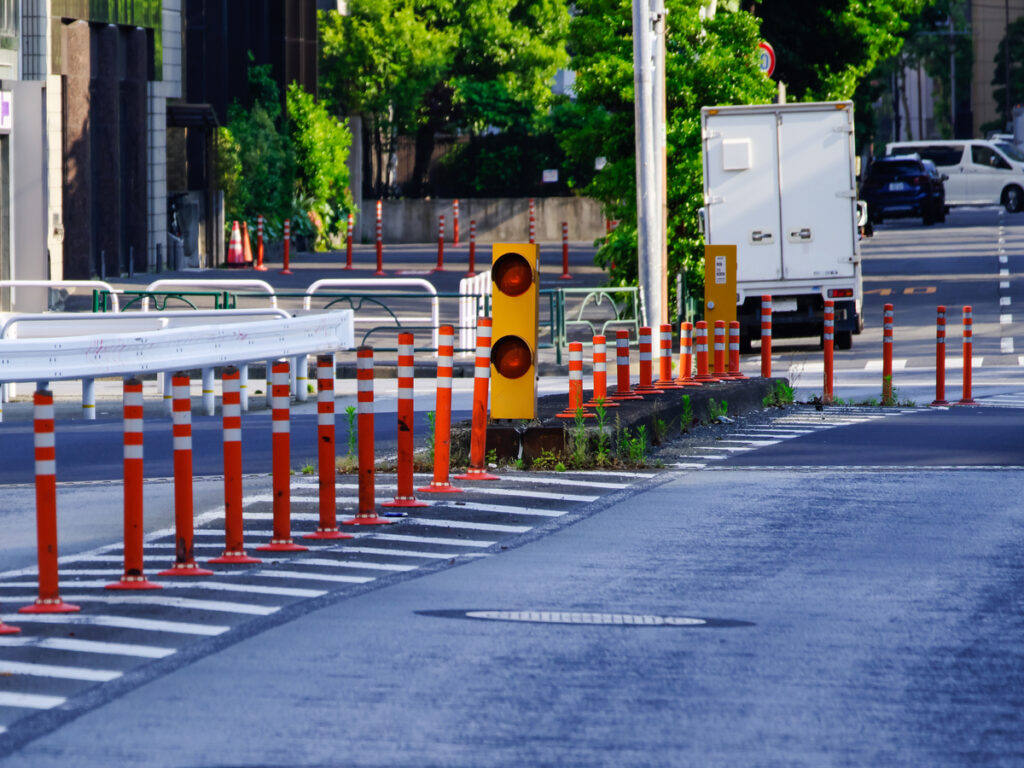
Navigating Conflicting Regulatory Requirements
Meeting MUTCD delineator standards often involves navigating a maze of conflicting regulatory requirements. Each state tailors its regulatory compliance policy to address unique conditions, such as climate or traffic density. These variations can create challenges for contractors and manufacturers operating across multiple states. Zum Beispiel, a delineator that complies with California’s regulations may not meet the requirements in Michigan due to differences in retroreflectivity standards.
Um diese Herausforderungen zu meistern, stakeholders must adopt a proactive approach. Reviewing state-specific regulations and aligning them with federal guidelines ensures compliance. Collaboration with suppliers who understand regulatory compliance in the US can also simplify the process. By staying informed and adaptable, businesses can meet regulatory requirements without compromising efficiency.
Tipp: Maintain a centralized database of state-specific regulatory compliance policies to streamline operations and avoid errors.
Ensuring Proper Installation and Maintenance
Proper installation and maintenance of traffic delineators are critical for regulatory compliance. Even the most advanced delineators fail to meet standards if installed incorrectly. Factors like height, Abstand, and orientation must align with local regulations. Zusätzlich, regular maintenance ensures that delineators remain effective over time. Damaged or faded reflective films can lead to non-compliance and safety risks.
Adopting best practices in installation and maintenance minimizes these risks. Training personnel on state-specific requirements and using high-quality materials ensures long-term compliance. Routine inspections and timely repairs further demonstrate a commitment to regulatory compliance management. These steps not only meet regulatory standards but also enhance road safety.
Staying Updated on Changing Standards
Regulatory compliance policies evolve to address emerging challenges in traffic management. Staying updated on these changes is essential for maintaining compliance. Jedoch, tracking updates across multiple states can be overwhelming. Changes in retroreflectivity requirements or color specifications may require immediate adjustments to existing products.
Businesses can stay ahead by subscribing to updates from state Departments of Transportation and industry organizations. Partnering with suppliers who prioritize compliance ensures access to the latest regulatory information. By staying informed, stakeholders can adapt quickly and maintain compliance with evolving standards.
Benefits of Compliance with Local Standards
Avoiding Fines and Penalties
Adhering to regulatory compliance policies helps organizations avoid costly fines and penalties. Non-compliance with state-specific regulations often results in legal actions or financial repercussions. Zum Beispiel, failure to meet delineator requirements, such as retroreflectivity or height standards, can lead to citations from local authorities. These penalties not only strain budgets but also damage reputations. By following regulatory requirements, businesses demonstrate their commitment to meeting government standards. This proactive approach minimizes risks and ensures smooth operations.
Enhancing Road Safety and Reducing Accidents
Compliance with regulatory standards directly contributes to safer roadways. Properly installed and maintained delineators improve visibility, vor allem bei widrigem Wetter oder bei schlechten Lichtverhältnissen. Meeting regulatory compliance requirements ensures that delineators function effectively in guiding drivers and pedestrians. Zum Beispiel, states with unique climates, such as Michigan or Hawaii, require specific materials to enhance safety. Durch Einhaltung dieser Vorschriften, stakeholders reduce the likelihood of accidents and create a safer environment for all road users. Implementing best practices in regulatory compliance management further strengthens safety measures.
Building Trust with Regulatory Authorities
Organizations that consistently meet regulatory compliance policies build trust with government agencies. Demonstrating adherence to regulatory requirements reflects a commitment to public safety and operational excellence. This trust fosters positive relationships with regulatory bodies, which can lead to smoother approval processes for future projects. Zusätzlich, compliance with regulations showcases a company’s dedication to following best practices in traffic management. Im Laufe der Zeit, this reputation for reliability enhances credibility and positions the organization as a responsible industry leader.
Understanding and adhering to state-specific delineator specifications is essential for ensuring road safety and regulatory alignment. These guidelines, tailored to unique regional conditions, help stakeholders implement effective traffic management solutions. Compliance with these standards not only reduces legal risks but also enhances public trust and operational efficiency.
Adopting best practices, such as staying informed about evolving regulations and customizing solutions to meet local needs, ensures long-term success. By prioritizing these efforts, organizations contribute to safer roadways and demonstrate their commitment to excellence in traffic management.
FAQ
Was ist der Mutcd, und warum ist es wichtig?
Der Mutcd, or Manual on Uniform Traffic Control Devices, provides national standards for traffic control devices, einschließlich Abgrenzungen. It ensures consistency across the United States, promoting road safety and regulatory compliance. States adapt these guidelines to address local conditions, making it essential for stakeholders to understand both federal and state-specific requirements.
How can businesses ensure compliance with state-specific delineator standards?
Businesses can ensure compliance by reviewing state DOT websites for updated regulations. They should request ASTM-compliant test reports from suppliers and customize delineators to meet local requirements. Partnering with knowledgeable suppliers simplifies the process and ensures adherence to both federal and state standards.
Why do delineator specifications differ between states?
Delineator specifications vary due to factors like climate, traffic density, and road types. Zum Beispiel, states with heavy snowfall may require higher retroreflectivity, while tropical regions prioritize visibility in wet conditions. These tailored standards address unique challenges, ensuring delineators perform effectively in diverse environments.
What are the consequences of non-compliance with delineator standards?
Non-compliance can result in fines, rechtliche Sanktionen, und Rufschädigung. It may also compromise road safety, Erhöhen des Unfällerisikos. Adhering to state-specific standards demonstrates a commitment to public safety and regulatory alignment, minimizing these risks.
How often should delineators be inspected and maintained?
Delineators should undergo regular inspections to ensure they remain effective. Maintenance schedules depend on local conditions, such as weather and traffic. Damaged or faded reflective films must be replaced promptly to maintain compliance and enhance road safety.

